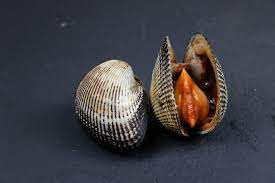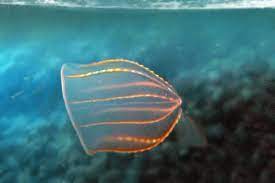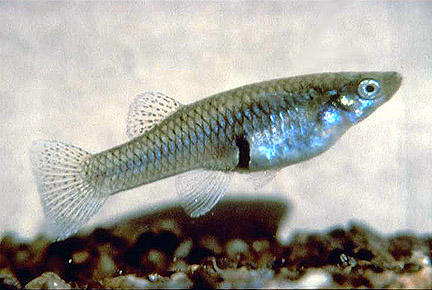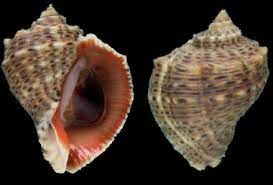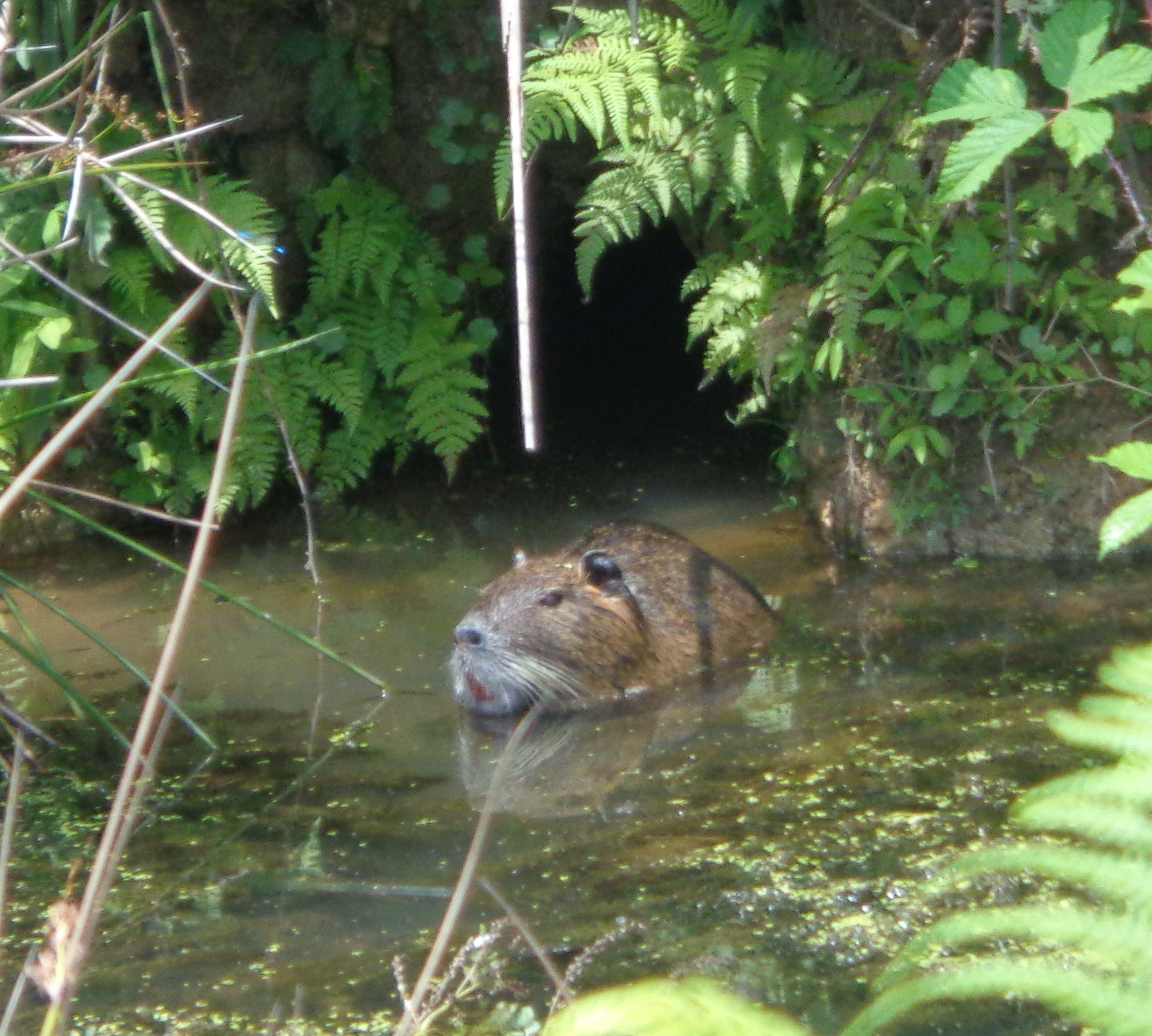IASON
N)LE International Business and Economic Development Center is implementing EU funded project on “Invasive Alien Species Observatory and Network Development for the Assessment of Climate Change Impacts in Black Sea Deltaic Protected Areas (IASON)” with lead partner The Danube Delta National Institute for Research and Development from Romania and partners: Danube Delta Biosphere Reserve Authority from Romania; Institute of Marine Biology of the National Academy of Sciences of Ukraine from Ukraine; International Hellenic University – Department of Forest and Natural Environment Sciences from Greece; Karadeniz Technical University – Faculty of Marine Sciences from Turkey- in the framework of Black Sea Basin Program 2014-20.
Species’ geographic distribution is the outcome of the interaction between their niches and environmental conditions. Among these, climatic factors are well known that influence species growth and their worldwide geographic distribution. Moreover, climate change is expected to cause shifts in the geographic distribution of species as their optimal habitat will likely shift as a result of the rearrangement of the climate zones.
The distribution of plant and animal species outside their natural distribution is a common phenomenon in a large number of countries all over the world. In the past, the humankind has greatly benefited from the introduction of alien species (e.g. potatoes and maize in Europe, etc.) and this trend is likely to continue. Among these species, a large number has been naturalized and now can be found in natural habitats. However, some of them have become invasive, having multiple ecological, economic and human health impacts. The distribution of invasive alien species (IAS) is mainly climate driven and this is why they can be found in a number of countries that are far from their native distribution range. Specifically regarding the impacts that IAS can cause, they not only represent a threat to native fauna and flora (IAS are globally considered as the second major threat to biodiversity), but can also result in major disruption to ecosystem health, with resulting damage and loss of goods and services. Increasing pressures on ecosystems, caused mainly by destruction of habitats, spread of IAS, over-exploitation and pollution, are weakening ecosystem resilience and ability to adapt to new conditions under climate change and thus continuously declining capacity for providing ecosystem services.
Under the global changing environment, the Black Sea is found in between the European and Asian crossroad and in the transition between the Mediterranean and North. A great number of stakeholders have developed economic activities around the Black Sea coastline, especially at the deltas, which are known for their density in population and growth potential (such as fishing, fisheries and aquacultures, tourism and recreation, farming etc). Historically, the Black Sea was under the invasion of alien species from the Indian Ocean and the Mediterranean Sea due to various reasons. Invasive Alien Species (IAS) is the central point on which this project makes focus, because if not sufficiently monitored and assessed they may alter dramatically not only the ecosystem balance, but also a range of already well-established socio-economic activities. The overall objective of the project is to establish and perform joint monitoring actions on IAS in the Black Sea deltaic ecosystems of five countries (Georgia, Greece, Ukraine, Romania and Turkey) and assess their response under current and predicted climatic conditions.
Overall Objective of the project is:
To establish, perform and communicate joint monitoring actions on Invasive Alien Species (IAS) in Black Sea deltaic ecosystems and assess their response under current and predicted climatic conditions.
The specific objectives of the project are to:
- To develop and implement the joint monitoring and risk assessment procedures on IAS in the project nature protected areas and motivate and assist countries in creating their IAS inventories.
- To improve long-term cross-border collaboration, information and research capacity through using innovative technologies on IAS monitoring.
- To improve cooperation on IAS monitoring through the involvement of the public at various levels of the project.
Main results of the project will be to:
- Gain baseline data on IAS in the project deltaic areas, under current and predicted climatic conditions, through the implementation of joint cross-border monitoring and evaluation.
- The establishment of an organizational structure (Observatory) through which Information and communications technology (ICT) services will be provided not only on IAS monitoring and assessments (information & research capacity) but also on networking with/and engaging citizens towards improving and using updated results of the project (institutional capacity).
- Cross-border collaboration and exchange of developing and implementing information and communication activities, at all levels of society (education, managers, policy makers, local community).
PARTNERS
Romania: The Danube Delta National Institute for Research and Development -
Coordinator
Romania: Danube Delta Biosphere Reserve Authority
Ukraine: Institute of Marine Biology of the National Academy of Sciences of Ukraine
Greece: International Hellenic University – Department of Forest and Natural Environment
Sciences
Turkey: Karadeniz Technical University – Faculty of Marine Sciences
Georgia: International Business and Economic Development Center- IBEDC
The monitoring area of the IASON project consists of five distanced deltaic study areas (of the following rivers) which share common characteristics, but also have different environmental management backgrounds.
-Danube (Ukraine & Romania)
-Nestos (Greece)
-Kızılırmak or Halys (Turkey)
-Chorokhi & Kolkheti (Georgia)
Why deltaic ecosystems?
All deltaic ecosystems are densely populated all over the world and traditionally support a great number of economic activities. According to reports from the Intergovernmental Panel on Climate Change, the climate-related changes during the 21 st century will include acceleration in the sea level rise, further rise in sea surface temperature, more extreme weather events and storm surges, altered precipitation and ocean acidification. Deltas are inherently vulnerable ecosystems with their biological communities being adaptable in this situation. However, the climate change could result in 50% increase of delta surface areas that are vulnerable to flooding and in the trends of progressive warming to increasing of the water temperature. At coastal zones and deltas these climate-related changes are expected to have a range of physical, economic and social impacts.
The multifaceted character of the project area – deltaic ecosystems of different biogeographical zones, different protection status & management, cross-border or one- country owned – creates major challenges in regard to IAS management in a climate changing future in the Black Sea region. Under this assumption, IASON project is structured in a way that all challenges areapproached under an integrated and cross-border manner.
In particular, the project approach will consist of the following characteristics:
1.Joint and compatible cross-border monitoring & evaluation methodologies.
- Development of IAS lists under encompassing literature review and stakeholder’s values at the local scale
- Development of common monitoring protocols and IAS risk assessment methodology
- Climatic analysis and future climatic projections, that will also provide analysis at the local (delta scale) and biogeographical scale
- Mapping in protected areas under Natura 2000 requirements, so as non-EU countries become familiar with EU monitoring principles
- The establishment of baseline data after risk assessments on IAS that refer exclusively to the deltas of the project area
2.Interaction between researchers and relevant stakeholders.
- Information programmes at the local level including educational activities, as well as public events that pursue engagement of local stakeholders and the general public so as they may contribute to recording IAS occurrences through the use of ICT tools.
- Interaction of citizens with Observatory researchers through the Living Lab platform.
- Profit from the project results and in particular form IAS risk assessments in the deltas under current and predicted climatic conditions.
3.Availability and cross-border interoperability of updated online information systems & tools. The development of the ICT tools through the operation of the Observatory is expected to create a number of communication & information overlaps. Access on online data and information will strengthen the two-way interaction and feedback that is needed both between researchers and citizens as well as at a cross-border level. Also, the establishment of the meteorological stations and their linking with the ICT tools of the Observatory will put forward the provision of a long-term information flow for the benefit of research and society under a climate change future.
